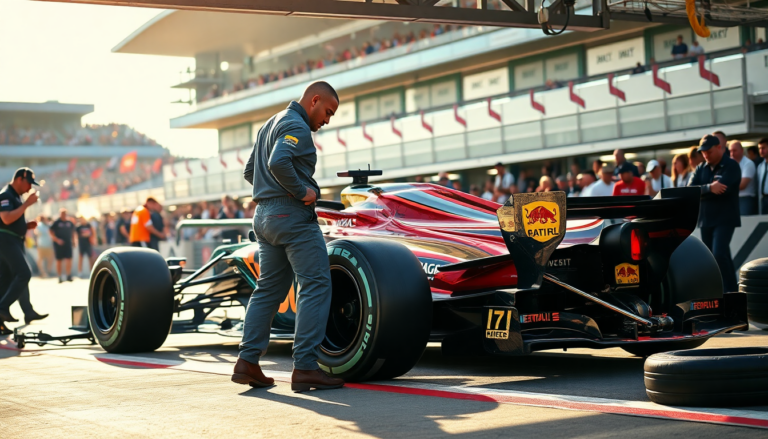Argomenti trattati
Since its inception in 1950, Formula 1 has undergone a remarkable transformation, mirroring advancements in technology, evolving regulations, and shifting audience expectations. The journey from the early days of racing to the high-speed, tech-savvy sport we recognize today is a true testament to human ingenuity and the relentless pursuit of excellence. As we commemorate the 75th anniversary of F1, it’s the perfect time to reflect on this evolution and ponder the future trajectory of the sport.
The Evolution of Formula 1: A Historical Overview
The origins of Formula 1 are steeped in a rich history of racing, characterized by simplicity and raw competition. Early cars were rudimentary by today’s standards, offering limited safety features and basic aerodynamic designs. Yet, as the sport garnered popularity, so did the need for innovation. The introduction of advanced materials like carbon fiber and the use of computer-aided design revolutionized car performance in ways that were once unimaginable. Today’s F1 cars are engineering marvels, showcasing intricate aerodynamic designs and cutting-edge safety technologies.
But it’s not just about the cars; the evolution of F1 also encompasses the regulatory framework guiding the sport. Over the decades, the FIA has implemented various rules to enhance safety and competitiveness. The introduction of hybrid power units in 2014 marked a significant shift toward sustainability, aligning the sport with global trends and the increasing importance of environmental responsibility in motorsport.
Technological Advancements and Their Impact
Now, let’s talk about one of the most significant factors in the evolution of Formula 1: technological advancement. Today’s cars come equipped with sophisticated telemetry systems that provide real-time data on performance metrics, enabling teams to make informed decisions during races. These cutting-edge technologies not only boost vehicle performance but also enhance the viewing experience for fans, offering real-time stats and insights that were once beyond imagination. Isn’t it fascinating how far we’ve come?
The rapid pace of technological development in F1 has also created a trickle-down effect in the automotive industry, influencing consumer vehicles. Innovations in aerodynamics, materials science, and hybrid technology that originated in F1 have made their way into everyday cars, showcasing the sport’s role as a testbed for automotive advancements. Who would have thought that what we see on the racetrack could shape the cars we drive every day?
Looking Ahead: What Does the Future Hold for F1?
As we gaze into the future, Formula 1 is primed for further evolution, especially with upcoming regulatory changes aimed at enhancing competitiveness and sustainability. The introduction of new rules focusing on cost caps and car designs will strive to level the playing field, giving more teams a shot at competing at the front. This shift is essential for maintaining the excitement and unpredictability that fans cherish. Are you ready for a more thrilling race season?
Moreover, the growing emphasis on sustainability will continue to shape the future of Formula 1. With ambitious initiatives targeting carbon neutrality by 2030, the sport is committed to reducing its environmental footprint while keeping its thrilling essence intact. This commitment is bound to influence everything from race formats to vehicle designs in the years ahead. How do you think these changes will impact the sport?
In conclusion, the evolution of Formula 1 is a captivating narrative of innovation, competition, and adaptation. As the sport celebrates its rich history, it also looks forward to a future brimming with possibilities, ensuring it remains at the forefront of motorsport entertainment for generations to come. Are you excited about what lies ahead?

